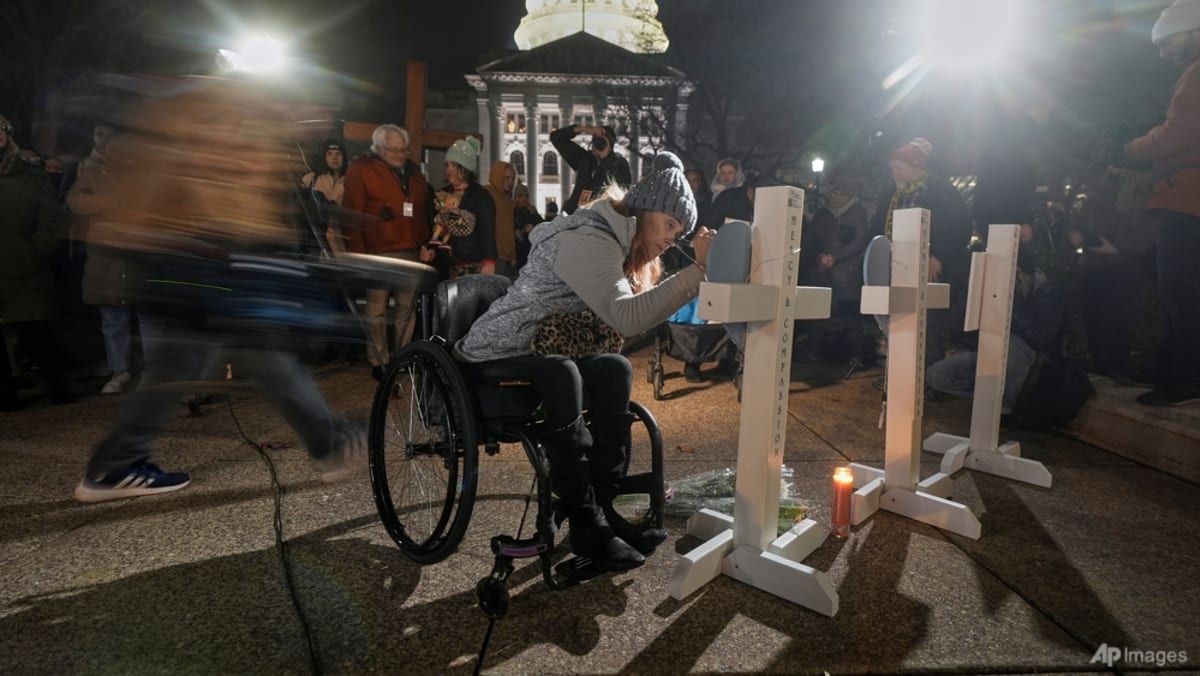Commentary: The biggest threat from COVID-19 was in our own homes

THE 2-METRE RULE
The new data come from the UK where more than a third of the population used contact tracing apps. Though science wasn’t the intended purpose of these apps, created by Apple and Google, they turned out to be a great tool for studying transmission patterns. The results were published last week in the journal in Nature.
The findings go against many people’s germ-phobic instincts and sense of stranger-danger. “I think people overestimate the risk from supermarkets and very quick exposures,” says Fraser, “and they underestimate the risk from lengthy exposures … friends, family, people at home, maybe going out to a restaurant.”
There are also important implications here for public health officials. The new data help explain why cases rose so steeply in the US even after the lockdown phase in the spring of 2020. Many people were suddenly in closer contact with friends and relatives in their own homes. Some increased the size of their households, adding significant others or extended family.
“Once you close everybody at home, you expect an initial spike of cases,” he said, because infectious people are with others 24 hours a day. With public spaces closed, some people also socialised in private spaces and kept the disease circulating.
Sometimes public health experts did the best they could with the information available, but other times they ignored good data. Fraser and his Oxford co-author Luca Ferretti both told me they’d argued from the beginning that the best way to use contact tracing apps would be to keep collecting data on who actually got infected and use it to improve guidelines.
The initial guidelines would trigger the app if you were within 2m of an infected person for more than 15 minutes. Then you’d be asked to self-isolate for 10-days, or to seek a test, depending on the policy at the time. The 2m rule was taken from decades-old data collected for tuberculosis. Whether it applied to this new virus was not clear. By April of 2020, scientists using manual contact tracing data showed that outdoor exposures were rare, that people in indoor spaces could get infected at greater distances, but that exposure was rare outside of at least 30 minutes.
People were focusing on distance, but duration is what really matters, Ferretti said. Some experts were saying this from the beginning, “but they were sidelined in the discussion”.
Source: CNA















